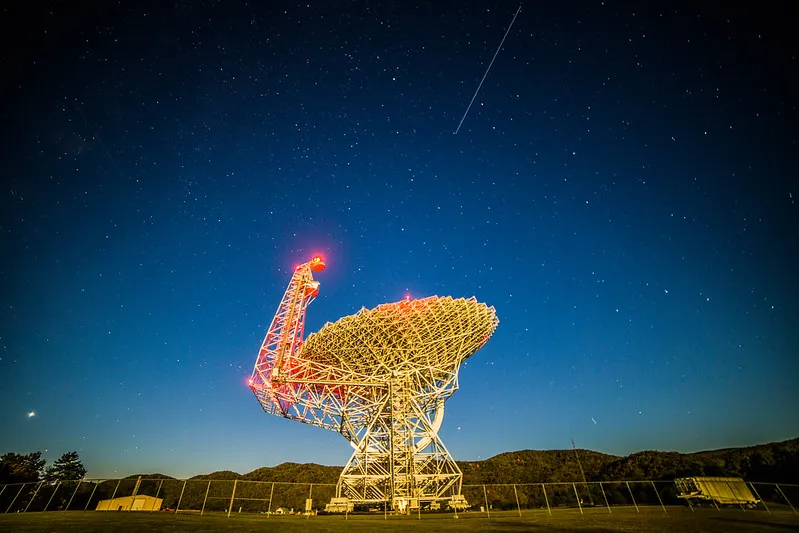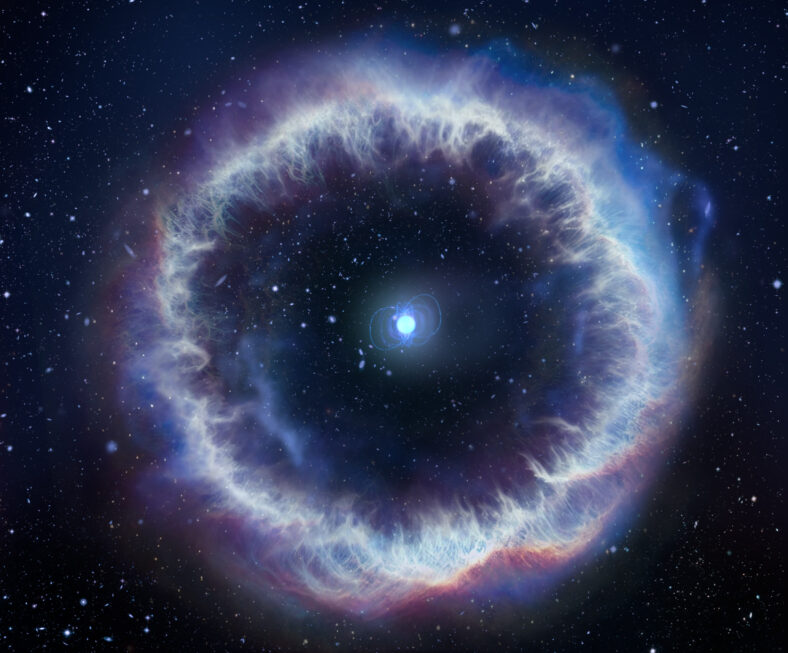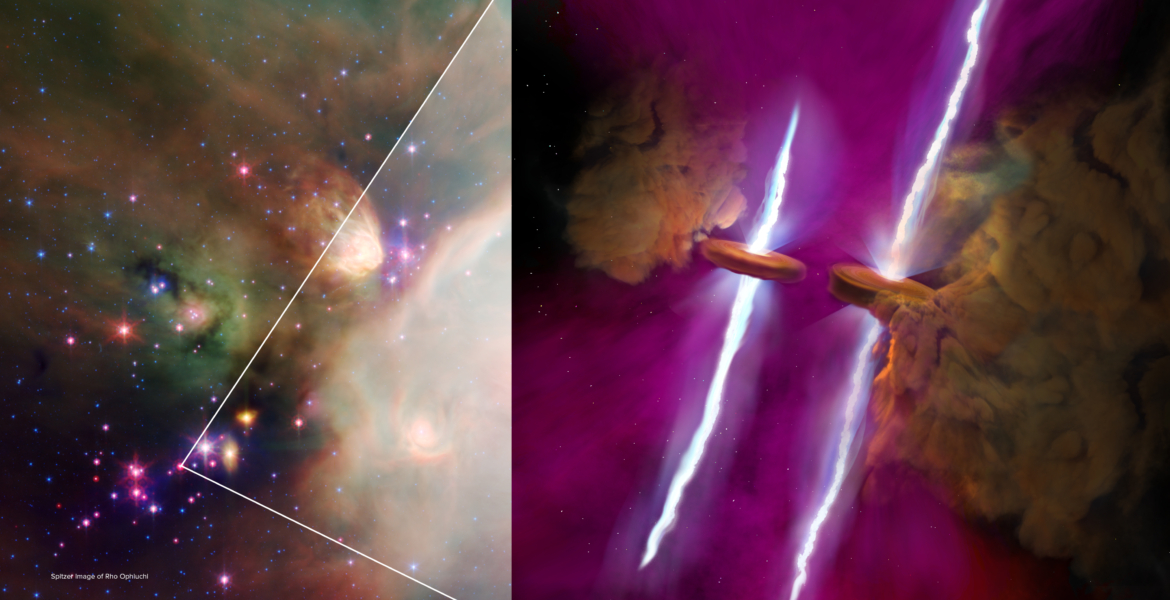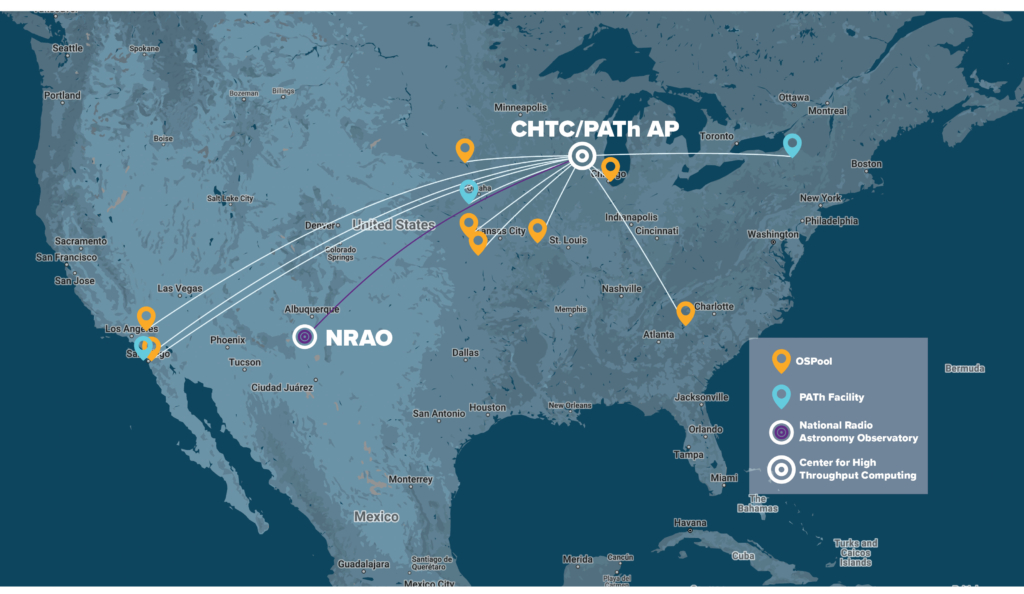New cooperative work between the U.S. National Science Foundation National Radio Astronomy Observatory (NSF NRAO) and SpaceX shows a way to share the radio spectrum between radio astronomers and industry.


Aug 10, 2024
New cooperative work between the U.S. National Science Foundation National Radio Astronomy Observatory (NSF NRAO) and SpaceX shows a way to share the radio spectrum between radio astronomers and industry.

Aug 8, 2024
An international team of astronomers has demonstrated that persistent radiation in some fast radio bursts originates from a plasma bubble, shedding new light on the enigmatic sources powering these cosmic phenomena.

Jun 12, 2024
Astronomers recently used two very different, and very powerful, telescopes to discover twin disks—and twin parallel jets—erupting from young stars in a multiple star system. This discovery was unexpected, and unprecedented, given the age, size, and chemical makeup of the stars, disks, and jets.

Mar 7, 2024
Looking for a more efficient way to process a particularly large VLA data set, to produce one of the deepest radio images of the Hubble Ultra Deep Field (HUDF), made famous by the Hubble Telescope, NRAO staff decided to try a different approach.